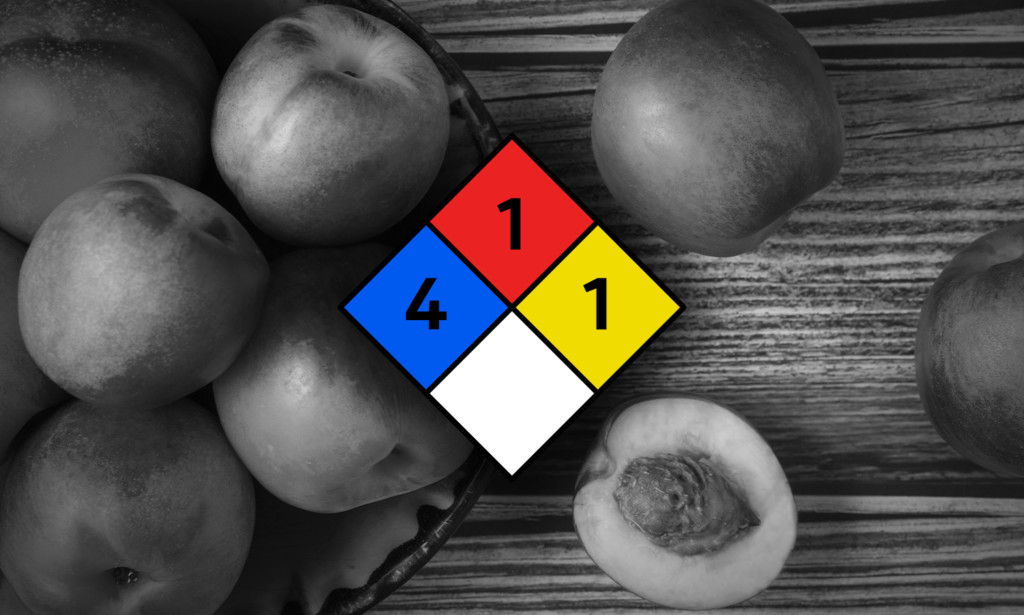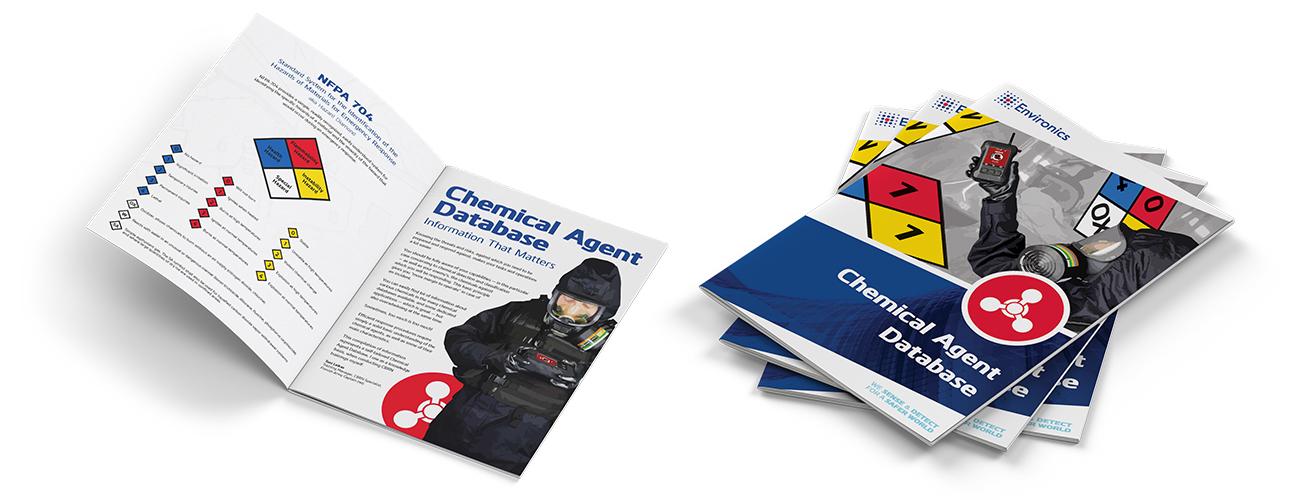Preach the Peach?
Careful to What You Reach!

Historical Background
The “father of nerve agents”, Dr. Gerhard Schrader, a German chemist specializing in the discovery of new insecticides, discovered and synthesised an extreme toxic product in 1949, together with his team. This new agent had much higher toxicity than the earlier discovered Sarin. Unlike Sarin, Cyclosarin is a persistent liquid and it is also flammable.
After the World War II, U.S and UK recognised this agent’s military potential, in the early 1950’s. Cyclosarin was selected for mass production even though it had a more expensive production cost, in comparison with other nerve agents.
Iraq is the only country known to have manufactured significant amounts of Cyclosarin. Iran has been using it during Iraq-Iran war 1980-1988 as Cyclosarin-Sarin mixture ammunition. During and after the Gulf War (1991) in demolition missions, at an ammunition dump in Khamisiyah (Iraq), U.S military members may have been exposed to small amounts of sarin and Cyclosarin. The exposure levels were very low, and no evidence of health issues was reported.
Commercial Uses or Precursor Chemicals
Cyclosarin has no use for peaceful purposes in commercial or industrial trades. Cyclosarinprecursor chemicals are used in fire retardants, organic synthesis, lubricant additive and in dyestuffs.
Symptomatology
Cyclosarin is classified as a Nerve agent in military classification according to its effects on humans. Cyclosarin is a colourless liquid in normal ambient temperature. This G-series “last” nerve gas is odourless when pure and its impurities give sweet, musty odour of peaches or shellac. Cyclosarin is a low volatile SVOC (Semi-Volatile Organic Compound) and non-persistent chemical warfare agent. Cyclosarin evaporates 70 times slower than Sarin.
Cyclosarin acts very quickly and affects mainly through inhalation or eye contact. After exposure, symptoms may occur within minutes — if in vapour form — or within minutes to hours — if in liquid form. Even an extremely low dosage exposure can be fatal, and the immediate administration of an antidote is critical. As a nerve agent, Cyclosarin interrupts the nervous system. Exposure symptoms are pinpoint pupils, runny nose, breathing difficulties, convulsions, sweating, nausea, vomiting, seizures, loss of consciousness, or even death
Response
Leave the area and evacuate the exposed people into fresh air. Even though the vapours will degrade fairly rapidly, the liquid can persist on surfaces up to 24 hours.
Remember that Cyclosarin is heavier than air, and it will settle in lower levels, or utility corridors inside the buildings.
For first responders, the protection level in an unknown situation, is the highest level.
In a small spill or leak (less than 200 litres) the initial isolation distance in all directions is 30 meters and the protection distance during day is 200 metres, changing to 300 metres during night.
In a large spill/leak (more than 200 litres) the isolation area is 150 metres in all directions, and the protection distance during day is 800 metres, changing to 1 kilometre during night.
The following indicators are common to chemical attacks or presence of CWAs; dead animals, lack of insect life, mass casualties, defined pattern of casualties, casualty patterns differentiated by indoor and outdoor location, unusual liquid droplets, areas that look different in appearance, unexpected odours, low lying clouds and unusual metal debris.
All indications — smells, people’s symptoms — are clues to be taken into account with detection equipment, providing data to classify and identify the chemical, and to start response actions and first aid measures.
Cyclosarin can react violently with strong oxidizers, and may decompose when in contact with metals, and evolving flammable hydrogen gas. It is combustible but not easily ignited when heated. Its vapours can form explosive mixtures with air.
Did you know, that when the ammunition dump at Khamisiyah (Iraq) was destroyed, during the 1991 Gulf War, there were more than 100,000 US troops potentially exposed to chemical warfare agents Sarin (GB) and Cyclosarin (GF) ?
Would you like to know more?

Get your own issue of the “Chemical Agent Database – Information
That Matters” and gain access to extra content!

Leave a Reply